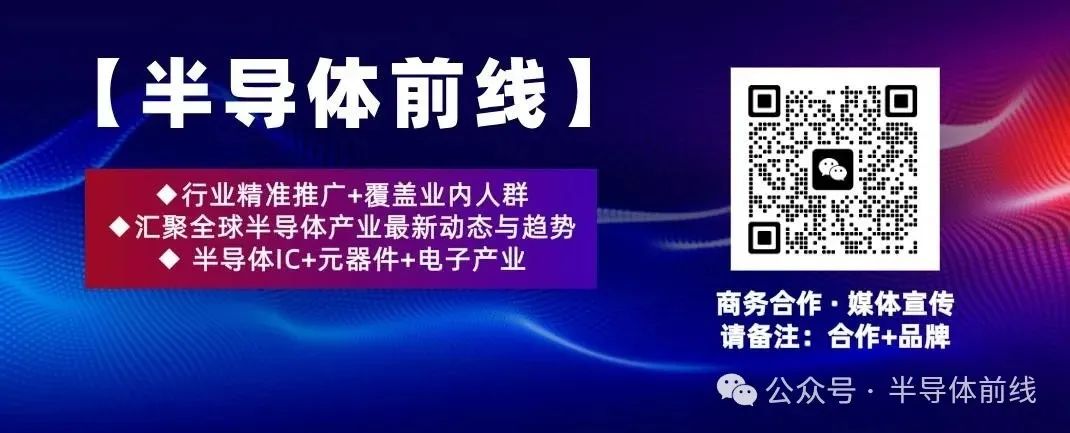Although semiconductors are temporarily not within the scope of the new wave of tariff policies in the United States and will not be directly taxed, some relatedIC designers have already felt the atmosphere of impending challenges, fearing that customers will demand price reductions to “share the burden” during tough times. If customers also request price cuts amidst weakened demand, it would be a double whammy.
Moreover, the tax rate in Taiwan is as high as32%, far exceeding expectations. Even though the semiconductor industry is not at the “epicenter,” the number of TaiwaneseIC manufacturers directly selling to the U.S. is relatively small, as long as downstream customers have products exported to the U.S., upstream suppliers cannot completely distance themselves from the situation.
Industry players admit that downstream clients, as well as their customers, are all facing cost pressures from the new wave of U.S. tariff policies. Even if they do not explicitly demand that upstream supply chains share the tariff burden, they may still request larger price reductions during each product negotiation, becoming another variable.
Outsiders believe that it will be important to observe whetherIC design firms will also turn to request that foundries with lower capacity utilization share the burden. Once an atmosphere of mutual hardship forms within the supply chain, everyone will face the pressure of declining product prices while dealing with the impact of tariffs leading to reduced sales. “Price drops and volume shrinkage” may become the most severe challenge for the chip industry in the short term.
Chip manufacturers do not shy away from stating that even though semiconductors are currently not included in the latest tariff policy, the global economy is inevitably affected, and terminal demand will certainly be impacted. Not only is the sales outlook for the U.S. market concerning, but the originally anticipated growth in the chip market this year may also fall short, leading to a wave of downward revisions in forecasts.
From an inventory perspective, after going through an inventory adjustment period, mostIC design firms have restored their inventory levels to normal. From the fourth quarter of last year to the first quarter of this year, due to the uncertainties brought by U.S. tariff policies, someIC design firms actively adjusted their inventory to respond to urgent orders placed by clients for early stocking, showing a good performance even in the off-season. However, after the U.S. imposed tariffs, the momentum of related orders in the second quarter and beyond may raise concerns.
TaiwaneseIC design firms reveal that the industry generally believed that if there were no significant changes in the external economic environment, this year’s performance should at least continue to rise until the third quarter, with the second half expected to outperform the first half.
Industry insiders mention that companies with a high proportion of sales to mainland China and relatively low sales to the U.S. are currently less affected by U.S. policies, but they still face a challenging market atmosphere of “involution”.
Although the U.S. tariffs mainly target downstream entities,IC designers point out that the actual impact should depend on how global trade is restructured. This is not just a problem for a single country, industry, or enterprise, so we can only focus on the subsequent developments.
Another unnamedIC design firm stated that foundry clients are discussing measures with brand manufacturers, but no conclusions have been reached yet. ForPC, this involves a supply chain that includes not onlyIC but also passive and active components,PCB, cooling systems, enclosures, etc.
Additionally, some channel operators believe that certain end products may also be affected by the new wave of U.S. tariffs, which should also drag down upstreamIC manufacturers, but it is currently difficult to assess the actual extent of the impact.
Disclaimer: Cover image/source from the internet, the article is compiled from the internet for reference and communication purposes only, and does not constitute any investment/purchase advice. Investors operate at their own risk based on this.